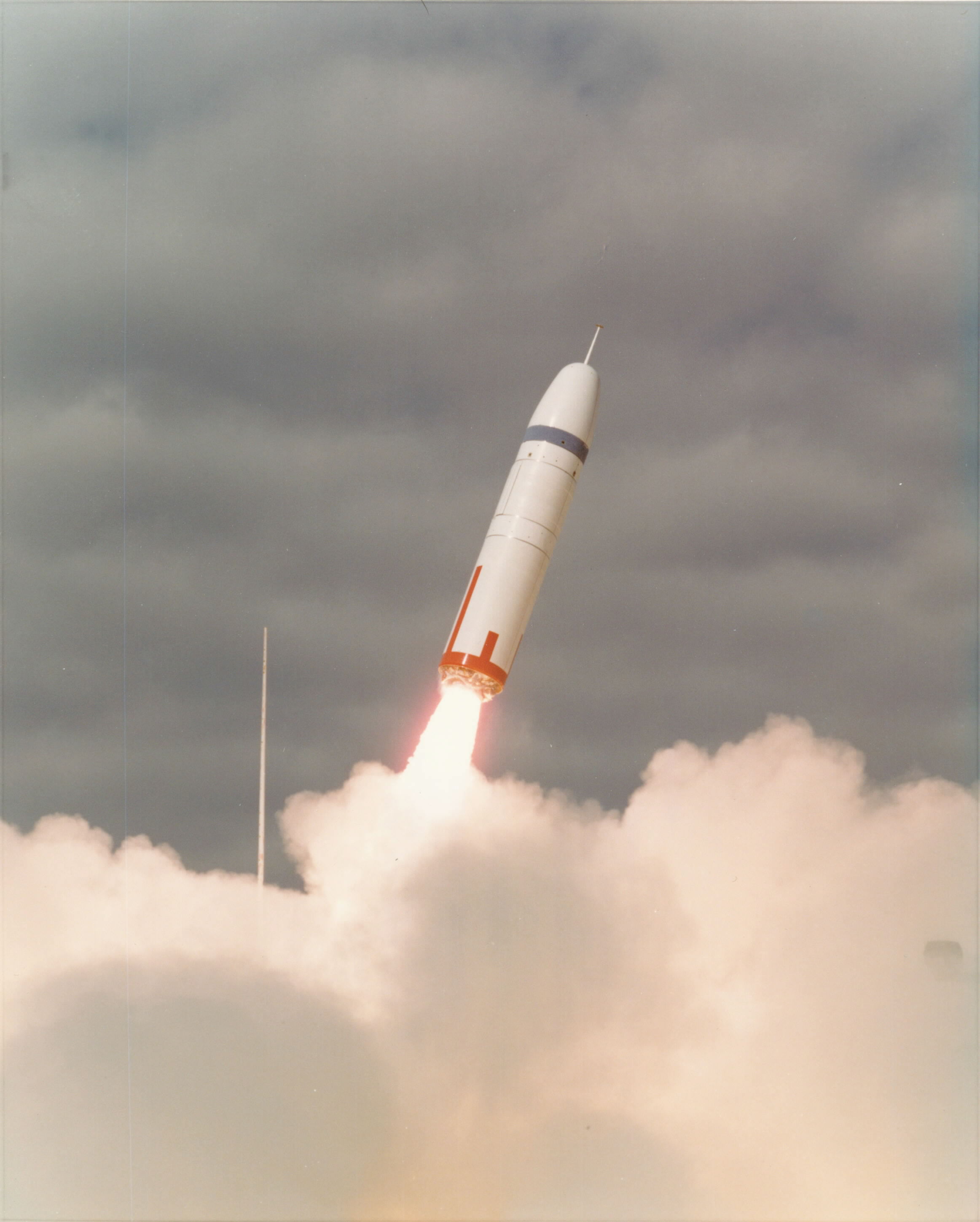
Report to Congress on Cost of U.S. Nuclear Forces
The following is the Jan. 24, 2019 Congressional Budget Office report, the Projected Costs U.S. Nuclear Forces, 2019 to 2028.…
Copyright 2024 U.S. Naval Institute. All Rights Reserved.